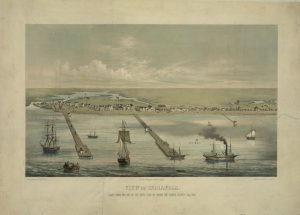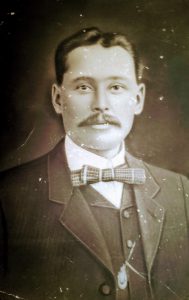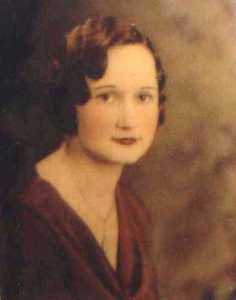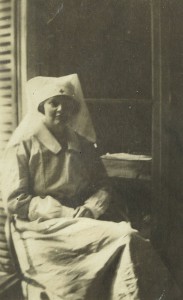
Recently I was researching my Holland surname line and ran into an interesting problem. I found two men named William Holland, each of whom married a woman named Ellen Fleming, in the same parish around the same time. Which was the right William Holland and Ellen Fleming for my family? Were the couples related? How was I going to tell their children apart?
These two Irish couples were from Barryroe parish in County Cork. One couple married in 1820 and the other in 1839. I found baptismal records for children with these parents born between 1820 and 1845. Luckily, the Holland child I was tracing was born in 1828, so I knew he belonged to the older couple who married in 1820. Continue reading Double trouble





